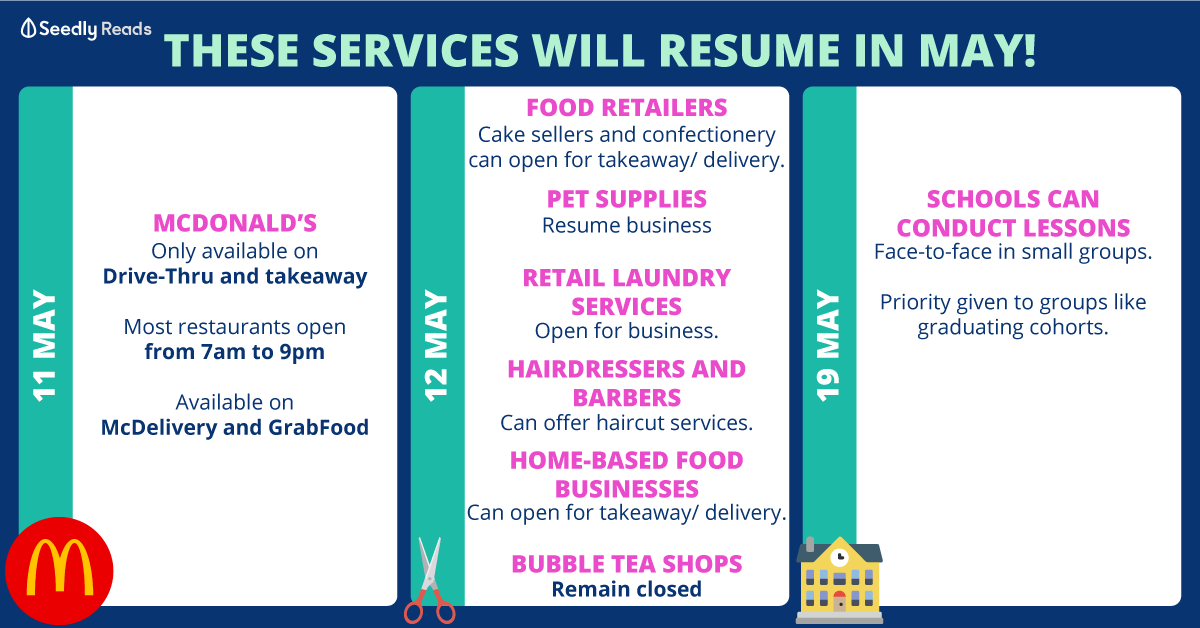TL;DR "Limit down" are like Circuit Breakers which apply to the Futures market. These can be triggered when the futures markets come crashing downwards.
They are used to protect futures contracts from unexpected events that may cause major moves in its underlying commodity's price.
What are Futures?
Futures are derivatives contracts that derive value from a financial asset such as a traditional stock, bond, or stock index, and thus can be used to gain exposure to various financial instruments including stocks, indexes, currencies, and commodities.
Futures are a great vehicle for hedging and managing risk; If someone is already exposed to or earns profits through speculation it is primarily due to their desire to hedge risks.

Plunging stock market futures hit ‘limit down’. Here’s what that means.
Contracts on the S&P 500 dropped 5%, reaching a “limit down” band made by the CME futures exchange to prevent further losses.
No prices can trade below 5%, only at higher prices than “limit down.”
The Dow Jones Industrial Average futures plunged more than 1,000 points, also triggering the limit down level.
On the other side, for the Stock market, traditional circuit breakers may happen.

According to the New York Stock Exchange, a market trading halt may occur at “three circuit breaker thresholds” on the S&P 500 due to large declines and volatility. The exchange classifies this at three levels based on the preceding session’s close in the S&P 500.
The rules, which apply to regular trading hours only, are as follows:
Level 1: If the S&P 500 drops 7%, trading will pause for 15 minutes.
Level 2: If the S&P 500 declines 13%, trading will again pause for 15 minutes if the drop occurs on or before 3:25 p.m. ET. There will be no halt if the drop happens after that. (This would occur Monday if the S&P falls 386 points).
Level 3: If the S&P 500 falls 20%, trading would halt for the remainder of the day. (This would occur if the S&P falls 594 points).
The Level 2 and 3 circuit breakers have never been triggered in their current form during regular trading hours. The prior circuit breaker system was revamped after it failed to prevent the May 2010 flash crash. The current set of breakers were put into effect in February 2013.
The NYSE imposed a Level 1 halt on Dec. 1, 2008, when the S&P 500 closed down 8.9%.









TL;DR "Limit down" are like Circuit Breakers which apply to the Futures market. These can be triggered when the futures markets come crashing downwards.
They are used to protect futures contracts from unexpected events that may cause major moves in its underlying commodity's price.
What are Futures?
Futures are derivatives contracts that derive value from a financial asset such as a traditional stock, bond, or stock index, and thus can be used to gain exposure to various financial instruments including stocks, indexes, currencies, and commodities.
Futures are a great vehicle for hedging and managing risk; If someone is already exposed to or earns profits through speculation it is primarily due to their desire to hedge risks.
Plunging stock market futures hit ‘limit down’. Here’s what that means.
Contracts on the S&P 500 dropped 5%, reaching a “limit down” band made by the CME futures exchange to prevent further losses.
No prices can trade below 5%, only at higher prices than “limit down.”
The Dow Jones Industrial Average futures plunged more than 1,000 points, also triggering the limit down level.
On the other side, for the Stock market, traditional circuit breakers may happen.
According to the New York Stock Exchange, a market trading halt may occur at “three circuit breaker thresholds” on the S&P 500 due to large declines and volatility. The exchange classifies this at three levels based on the preceding session’s close in the S&P 500.
The rules, which apply to regular trading hours only, are as follows:
Level 1: If the S&P 500 drops 7%, trading will pause for 15 minutes.
Level 2: If the S&P 500 declines 13%, trading will again pause for 15 minutes if the drop occurs on or before 3:25 p.m. ET. There will be no halt if the drop happens after that. (This would occur Monday if the S&P falls 386 points).
Level 3: If the S&P 500 falls 20%, trading would halt for the remainder of the day. (This would occur if the S&P falls 594 points).
The Level 2 and 3 circuit breakers have never been triggered in their current form during regular trading hours. The prior circuit breaker system was revamped after it failed to prevent the May 2010 flash crash. The current set of breakers were put into effect in February 2013.
The NYSE imposed a Level 1 halt on Dec. 1, 2008, when the S&P 500 closed down 8.9%.